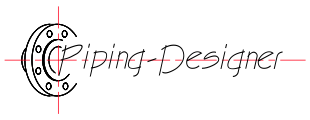Refractive Index
Refractive Index Formula |
||
|
\( p \;=\; \dfrac{ c }{ v } \) (Refractive Index) \( c \;=\; p \cdot v \) \( v \;=\; \dfrac{ c }{ p } \) |
||
| Symbol | English | Metric |
| \( n \) = Refractive Index | \(dimensionless\) | \(dimensionless\) |
| \( c \) = Speed of Light in a Vacuum | \(ft\) | \(m\) |
| \( v \) = Speed of Light in the Specific Medium | \(ft\) | \(m\) |
Refractive index, also known as the index of refraction, a dimensionless number, that describes how much the speed of light is reduced when it passes through a particular medium compared to its speed in a vacuum. It essentially quantifies how much a ray of light will bend, or refract, when it transitions from one transparent medium to another. This bending occurs because the speed of light changes as it moves through substances of varying optical densities. A higher refractive index indicates that light travels slower in that material and will bend more significantly when entering it from a less dense medium. This fundamental property is crucial in the design and function of optical instruments like lenses, prisms, and fiber optics.

